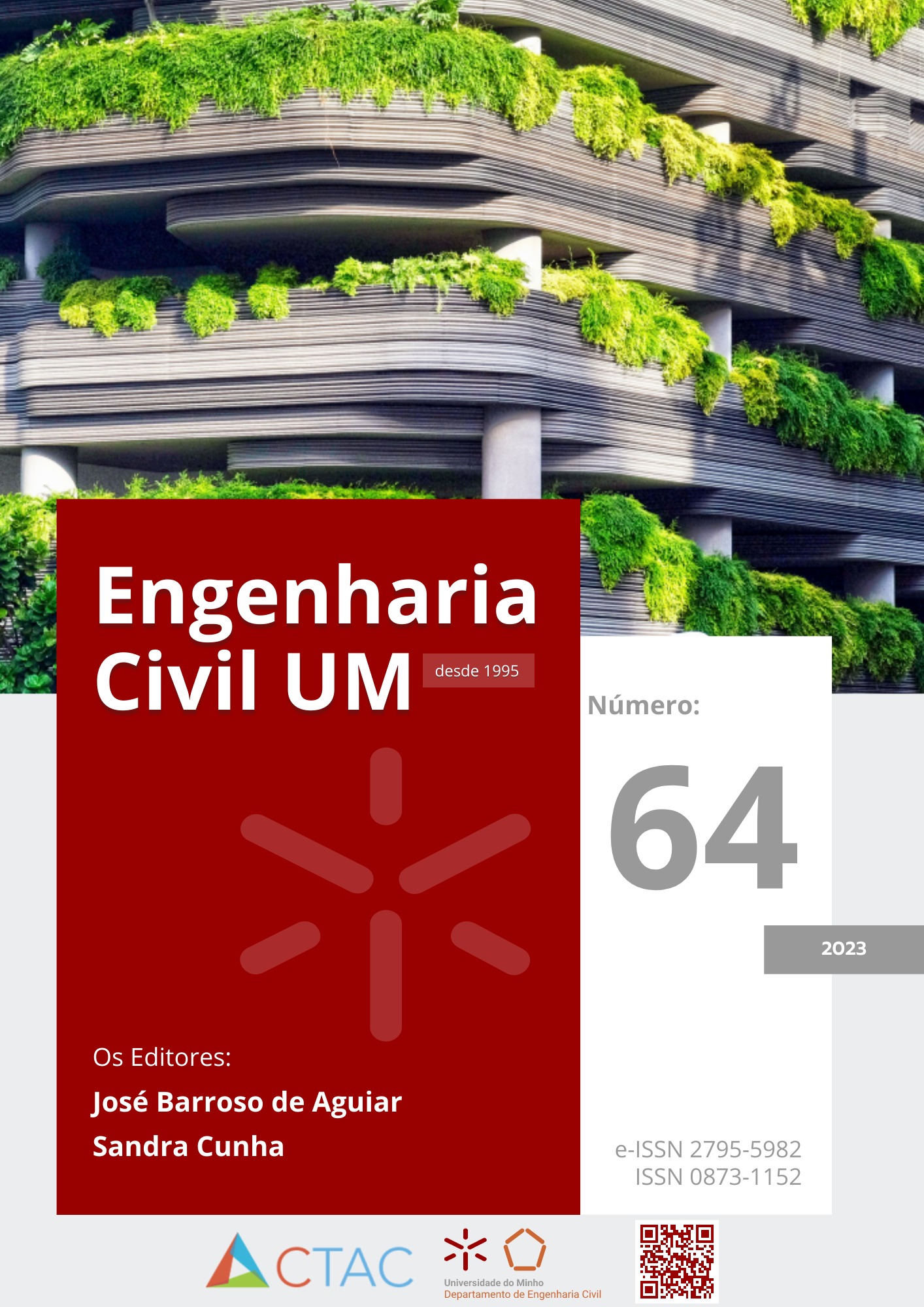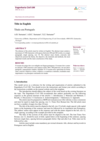Concrete Blocks With Waste Foundry Sand: Economic Viability, Mechanical and Durability Characteristics
DOI:
https://doi.org/10.21814/ecum.4880Abstract
In Brazil there is a very large volume of waste foundry sand (ADF), which explains the development of a recycling methodology that allows it to be used in civil construction - benefiting the entire production chain and reducing its disposal in landfills, which puts a burden on the sector. Concrete blocks are a widely used product in Brazil's civil construction sector and the ADF can be used as an aggregate, taking the place of ordinary sand. Therefore, concrete blocks were developed with levels of substitution of the common sand by the ADF, in terms of mass, of 13%, 19% and 25%. These blocks were then subjected to compressive strength testing at the ages of 7, 14, 21 and 28 days and the results were compared to concrete blocks made from common aggregates. In addition to obtaining concrete blocks with resistance that allows them to be classified as Class B, the production cost of the blocks that included ADF was lower than that of concrete blocks made from common aggregates. The objective of this article is to show the value of ADF as an aggregate in the manufacture of concrete blocks, and to stress that so far there is no widespread methodology for its reutilization on a national scale. The inclusion of ADF in the production of concrete blocks generates environmental and economic benefits for the entire productive chain involved.









